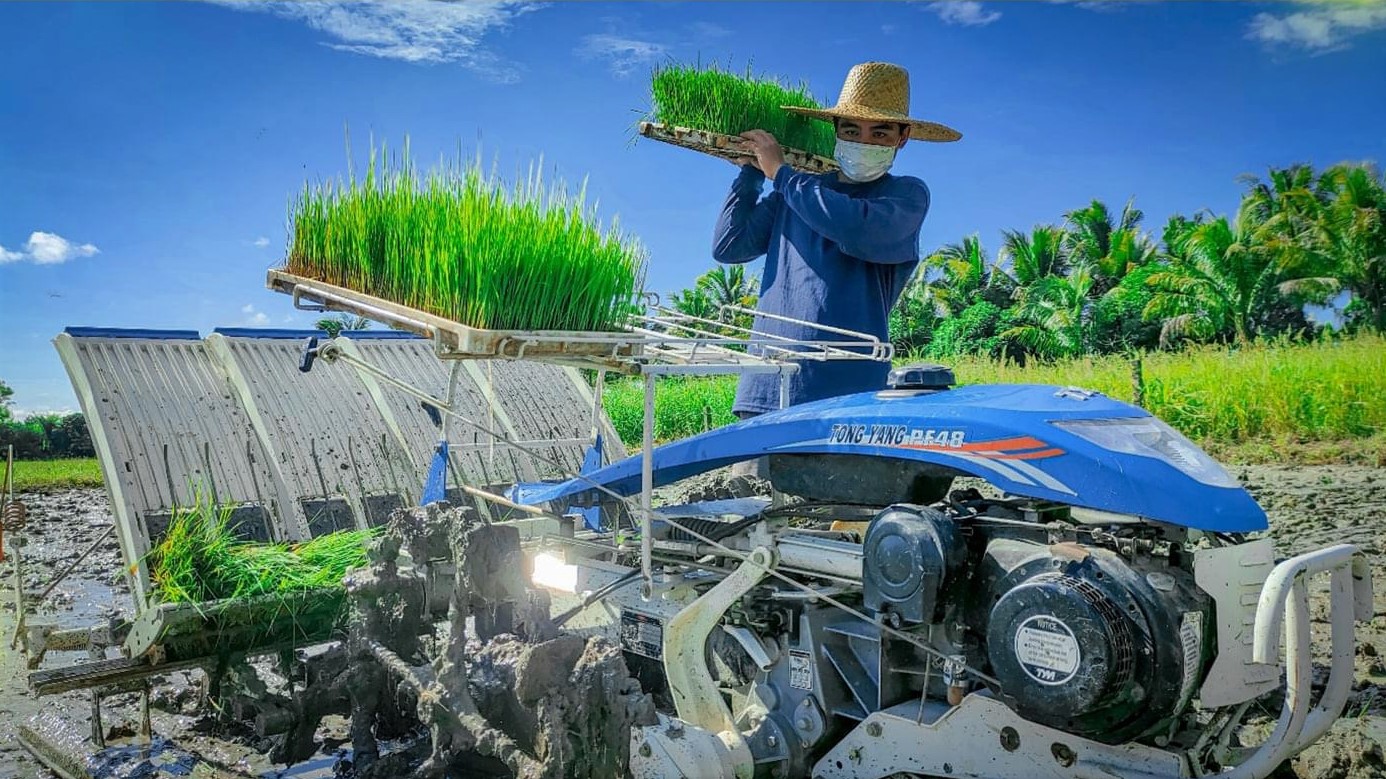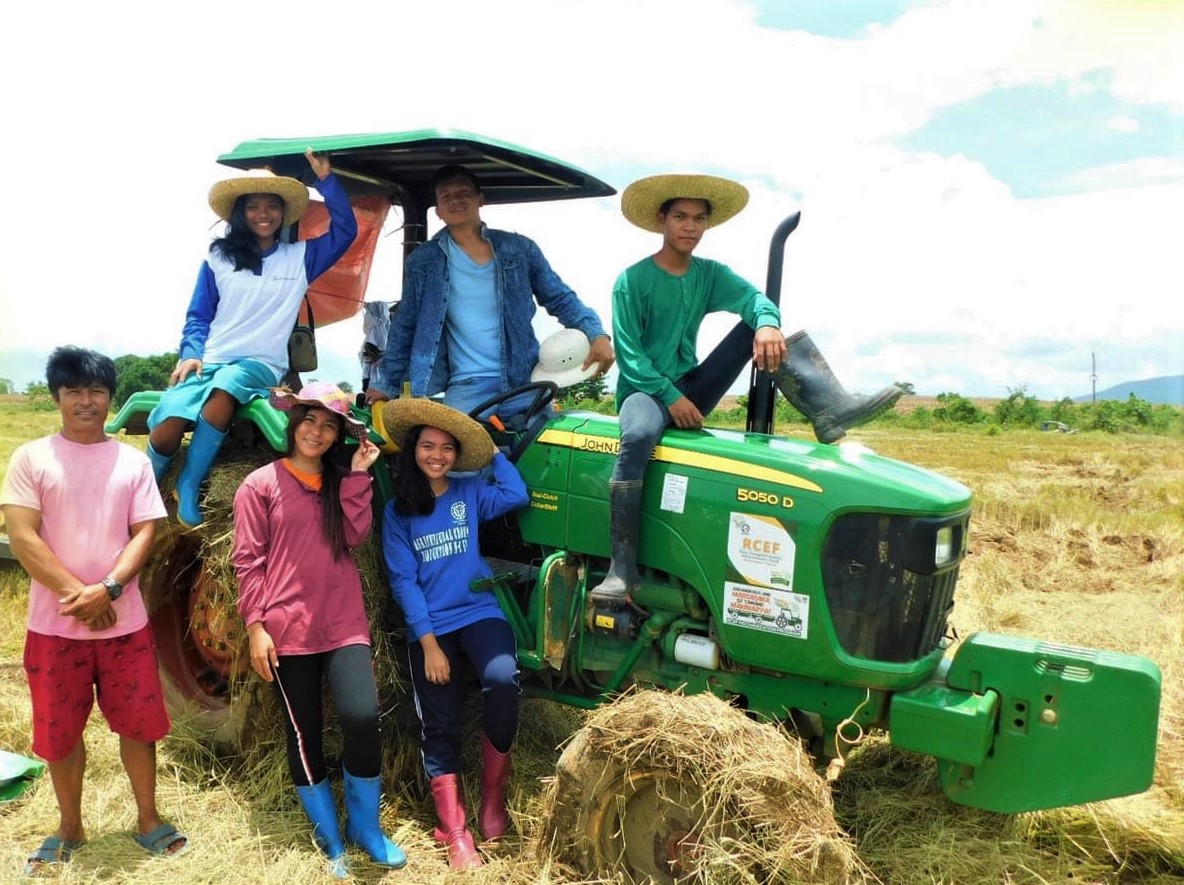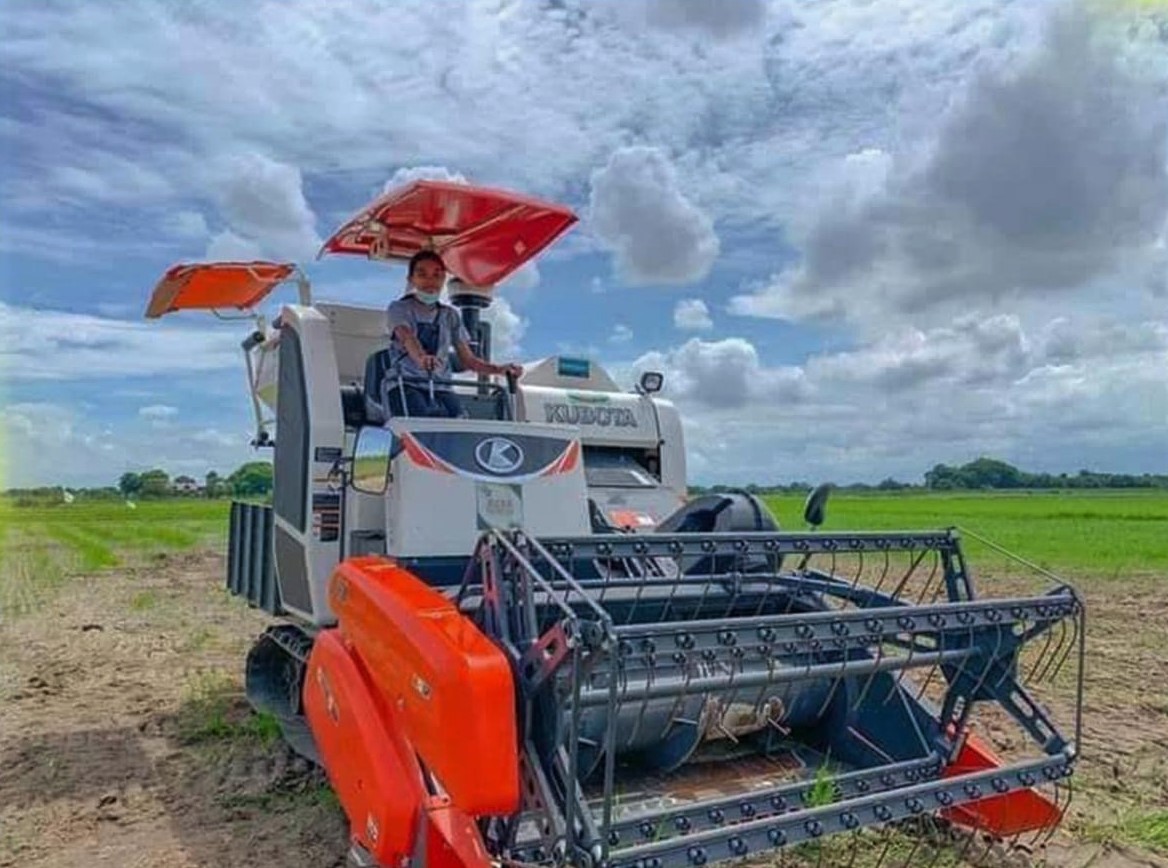By Henrylito D. Tacio
Photos courtesy of PHilMech
Award-winning author and director of Global Food Lead Brenda Schoepp once said: “My grandfather used to say that once in your life you need a doctor, a lawyer, a policeman and a preacher. But every day, three times a day, you need a farmer.”
American lawyer and statesman Daniel Webster also said, “When tillage begins, other arts follow. The farmers, therefore, are the founders of human civilization.”
Two American presidents hailed farming. “Agriculture is the most healthful, most useful and most noble employment of man,” said George Washington. To which Thomas Jefferson added, “Agriculture is our wisest pursuit, because it will in the end contribute most to real wealth, good morals and happiness.”
In the Philippines, agriculture is an important part of the economy, with crops like rice, coconut, banana, and sugar dominating the production of crops and exports. According to the World Bank, agriculture employs 23% of the country’s workforce as of 2021.
Unfortunately, agriculture seems not to be moving forward as expected. One reason is that most Filipino farmers are still not using farm machineries to make it more competitive. “We have yet to mechanize Philippine agriculture, at a level of at least four horsepower (hp) per hectare (ha), and be at part with our ASEAN counterparts,” said William D. Dar when he was the secretary of the Department of Agriculture (DA).
Studies conducted by the Philippine Center for Postharvest Development and Mechanization (PHilMech) – the center of mechanization in the agriculture sector – show the country’s level of mechanization is 1.23 hp/ha for all crops, 2.31 hp/ha for rice in all provinces, and three hp/ha in major rice-producing provinces like Isabela and Nueva Ecija.
“The government has been striving to develop and promote appropriate agricultural machinery and other mechanization technologies,” wrote Elmer Bautista, Jong-sun Kim, Yun-jung Kim, and Maria Evic Panganiban, authors of a paper that was published in the Journal of the Korean Society of International Agriculture. “It is well known that agricultural mechanization raises the efficiency of farm operations and inputs, and lowers production costs and postharvest losses.”
Unfortunately, the Philippines is still classified at a low-mechanization level. There are several reasons for this: low buying power of farmers, abundance of rural labor, very small landholdings per farmer, high cost of machines, and government policies not favorable to mechanization agriculture.
“Promoting farm mechanization in the Philippines has also been constrained by small-sized, unaccessible rice fields especially during the rainy season, irregular, and non geometric-shaped farm areas,” Bautista and his co-authors wrote in their paper entitled “Farmer’s perception on farm mechanization and land reformation in the Philippines.”
“Mechanizing these lands can be inefficient due to too much maneuvering in operations like land preparation and harvesting,” they added. “The use of machinery and other large-scale agricultural practices is hampered.”
Farming and farm machinery have evolved greatly over the years. Farm machinery means all machines and tools that are used in the production, harvesting, and care of farm products. Take the case of a tractor, which provides power and traction to mechanize agricultural tasks, especially tillage.


Modern farm machinery has upgraded the agricultural industry for the best. In using the rice combine harvester, for instance, a farmer can harvest and thresh 3-5 hectares of land in a day.
“Traditional/manual harvesting will take you 15-20 man-days per hectare, excluding the threshing operation,” said Jett Molech G. Subaba, supervising science research specialist of the PHilMech’s Applied Communication Division. “That is how beneficial mechanization is.”
That’s only in harvesting. Another farm activity that takes so much labor is planting. In Laur, Nueva Ecija, manual planting of rice usually takes five days to finish. But when a farmer uses a mechanical transplanter, it will take him only two days to finish planting a 6-hectare farm.
Using farm machinery will greatly improve the agricultural production of the country only if the farmers will adopt this technological innovation.
“Using machines is very promising,” Subaba pointed out. “It can provide ease in farming, faster operations, and better results, unlike traditional practice. The work will not be that tedious anymore, especially in harvesting as the combine harvester offers two-in-one operations (harvesting and threshing). Moreover, using machines can also generate income as owners can venture into farm service provision enterprises.”
Farmers need to think about these advantages. “I don’t think older farmers will have a hard time (using machines) since they are the real experts on the ground,” said Subaba. “However, we understand that they already have limitations.”
A study conducted by the University of the Philippines showed that the average age of Filipino farmers is 53 years old, although some sources say it’s 57 years old. “If the trend continues and the engagement of the youth will not increase, then we can expect an older workforce, or worse, a scarcity of farmers in the country,” Subaba said.
“With fewer to no farmers, our food supply could be at stake,” he continued. “That is why it is high time for the youth to engage now in farming. Our youth are passionate, innovative, and competitive. They have a huge potential in transforming the future of agriculture.”
Now, if more youths will engage in farming and use farm machinery, there’s a big future for Philippine agriculture.
“If the youth will totally adopt the use of machines on the farms, we can expect that the farm operations will become faster, easier, better, have lower production cost, and even lower postharvest losses,” Subaba stressed. “These could eventually lead to higher yields and income for the farmers.
“If we push for a complete mechanized farming system, we can even achieve higher production among our farms which could lead to national food security,” he said. “That is how machines can significantly change the future of farming in the country.”
Today’s youth is the hope of the fatherland, said Dr. Jose Rizal. This must be the reason why PhilMech launched in 2018 the Youth for Mechanization (Y4M) for 18-35 years old. “For now, we opened Y4M to the children of farmers or the young members of rice farmer groups who are beneficiaries of the Rice Competitiveness Enhancement Fund (RCEF) Mechanization Program,” Subaba said.


The Y4M campaign aims to rebrand the image of agriculture among the youth, especially among the farmers’ children, through the use of machines from land preparation up to milling. This means that animals and intensive human labor, longer workdays of farming, and high labor requirements will no longer be promoted.
“The four-wheel-drive tractors will now replace carabaos; manual planting will be replaced by mechanical rice transplanters or precision seeders; rice combine harvesters will replace the sickle; mechanical dryers will replace highway-drying, and rice mills will be more available to the farmers,” said the info brochure.
Here’s Subaba again: “I really hope the youth will engage more in agriculture in the coming years through such campaigns as the Y4M because this sector has the most challenging task of feeding the 110 million Filipinos and securing the future of our nation.
“There is no greater project or program a government could ever push forth than on agriculture. I am very glad that our new president has prioritized this sector and I join him in his visions not just for the agriculture sector and the farmers of today but even for the next generation.”
Subaba urged the youth to join the cause: “Dear youth, the agriculture sector is counting on you. It’s about time to lend our voice, engage, take the lead, and together let us transform the future of Philippine agriculture.”

